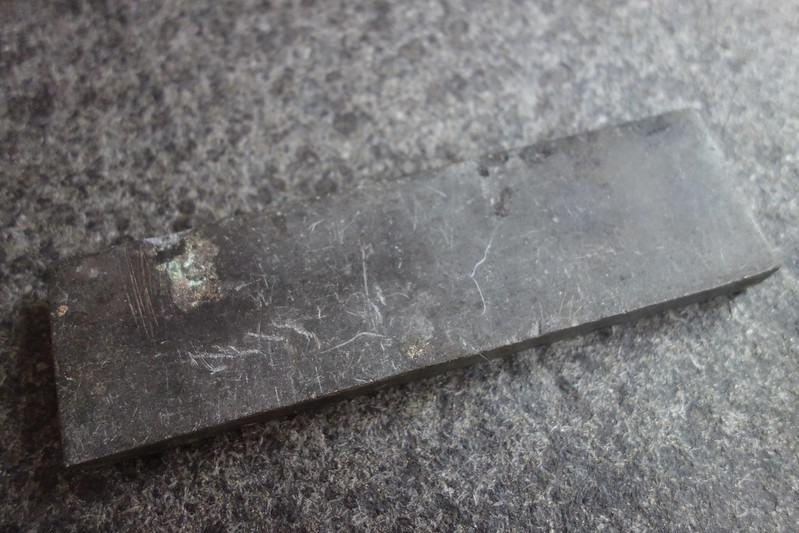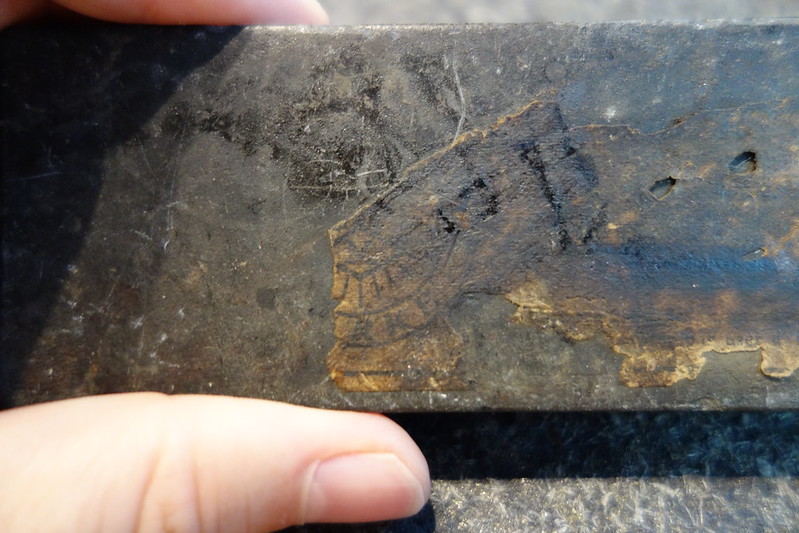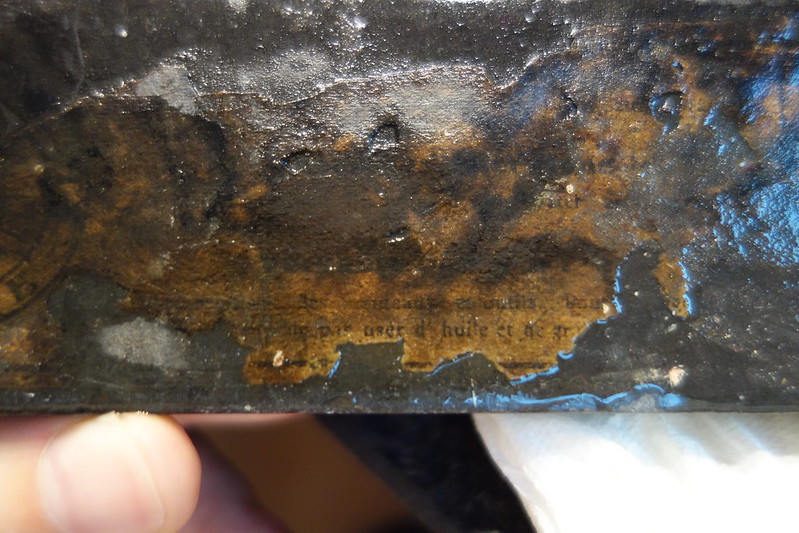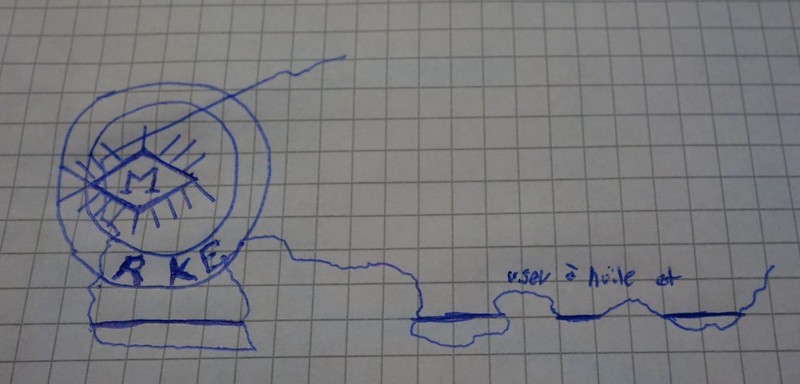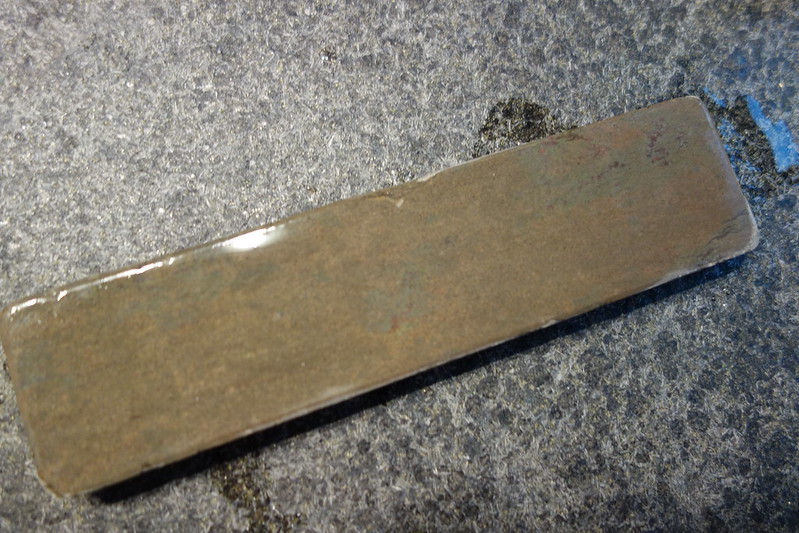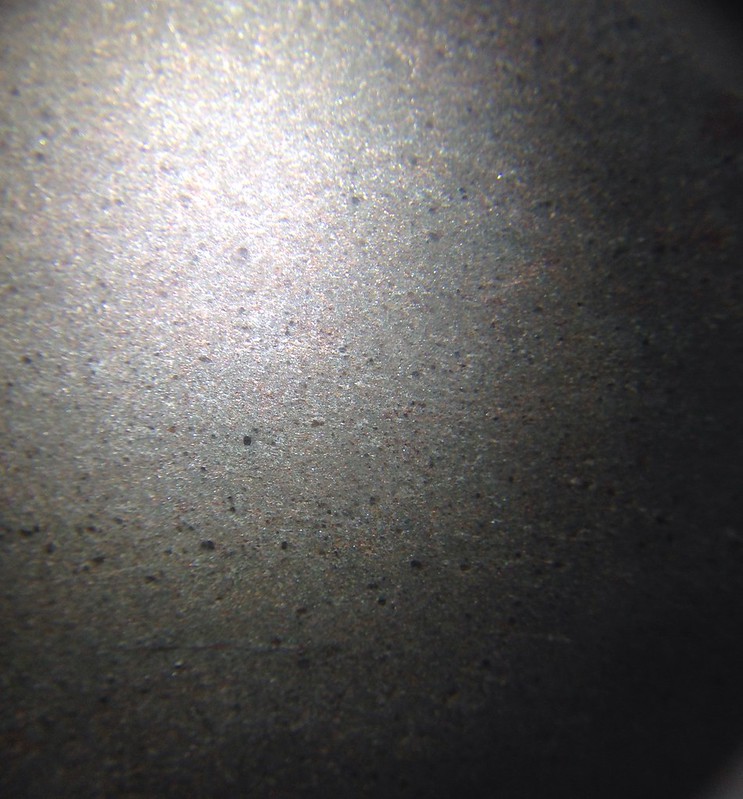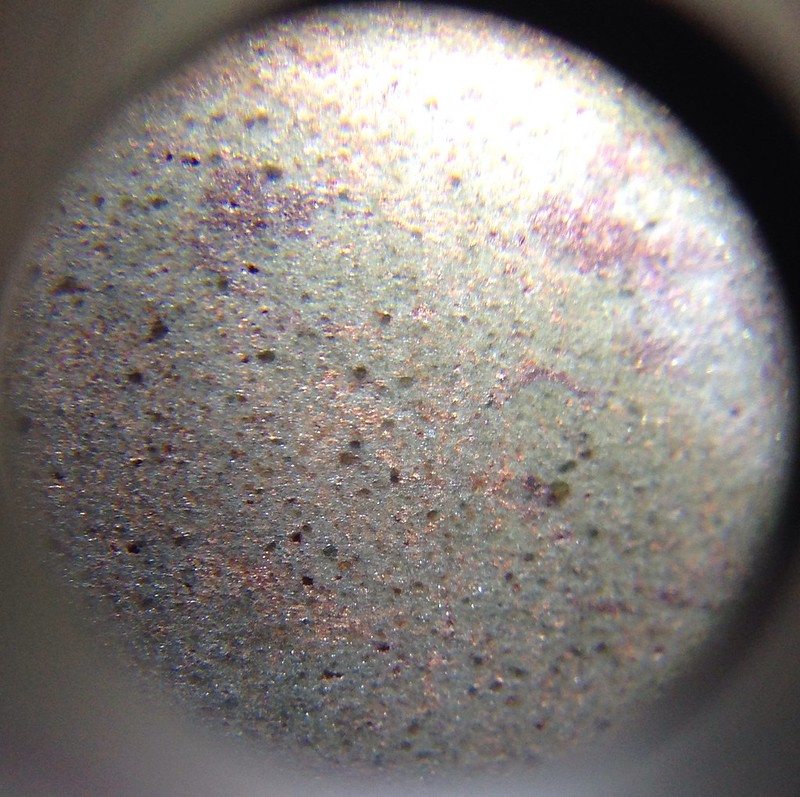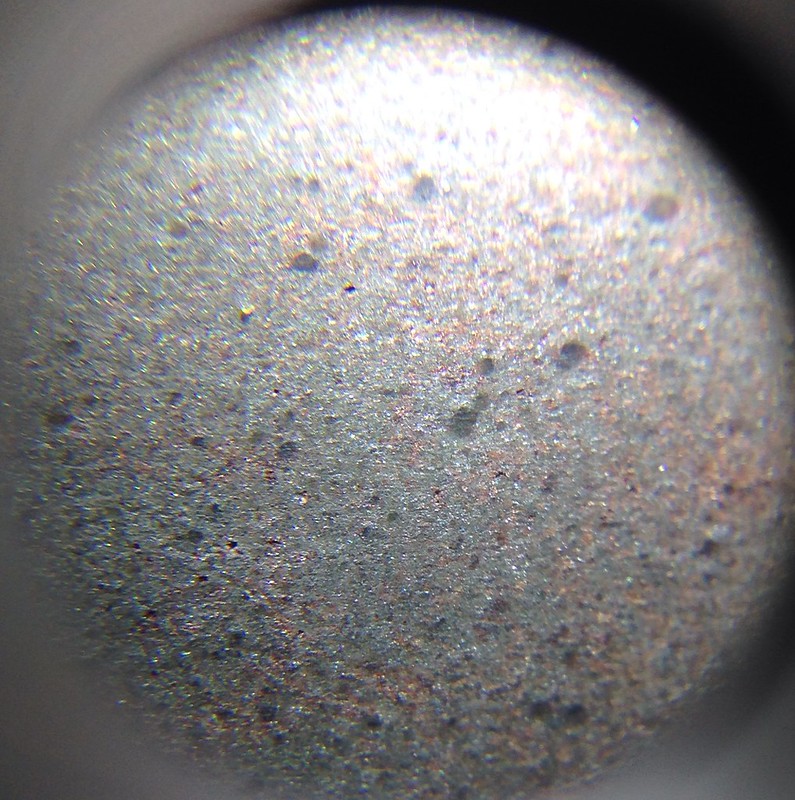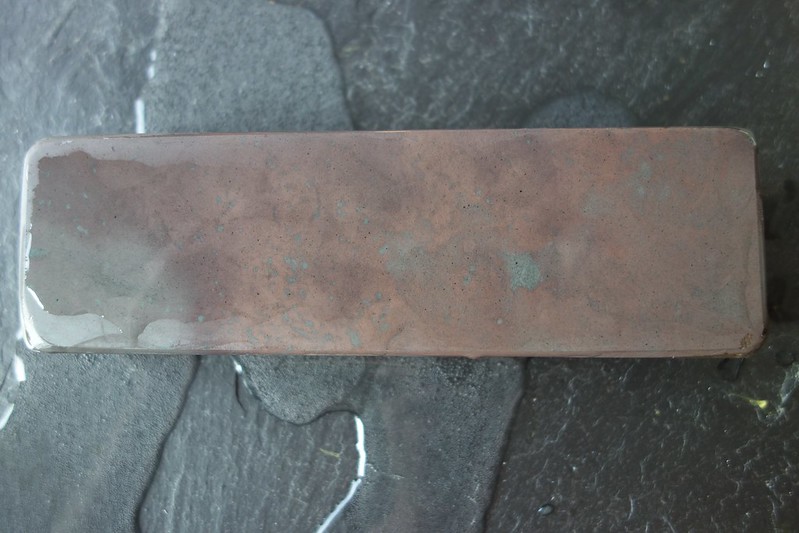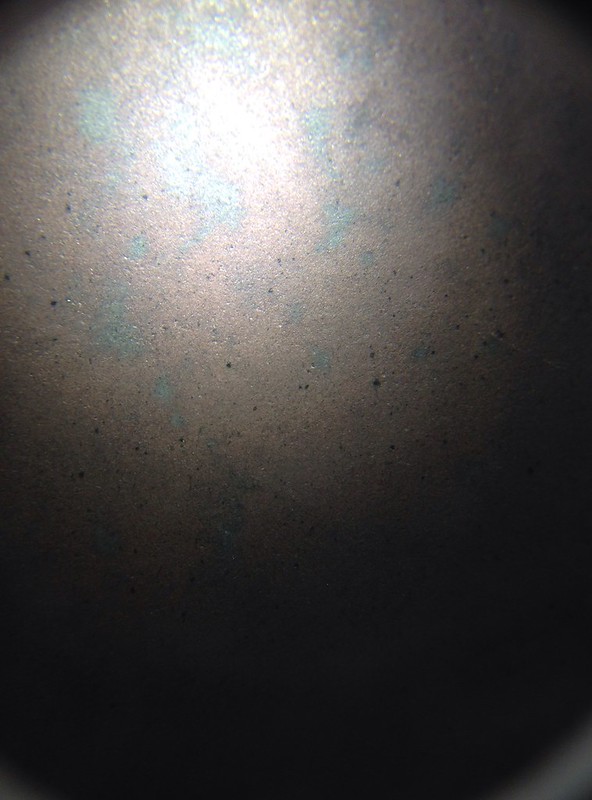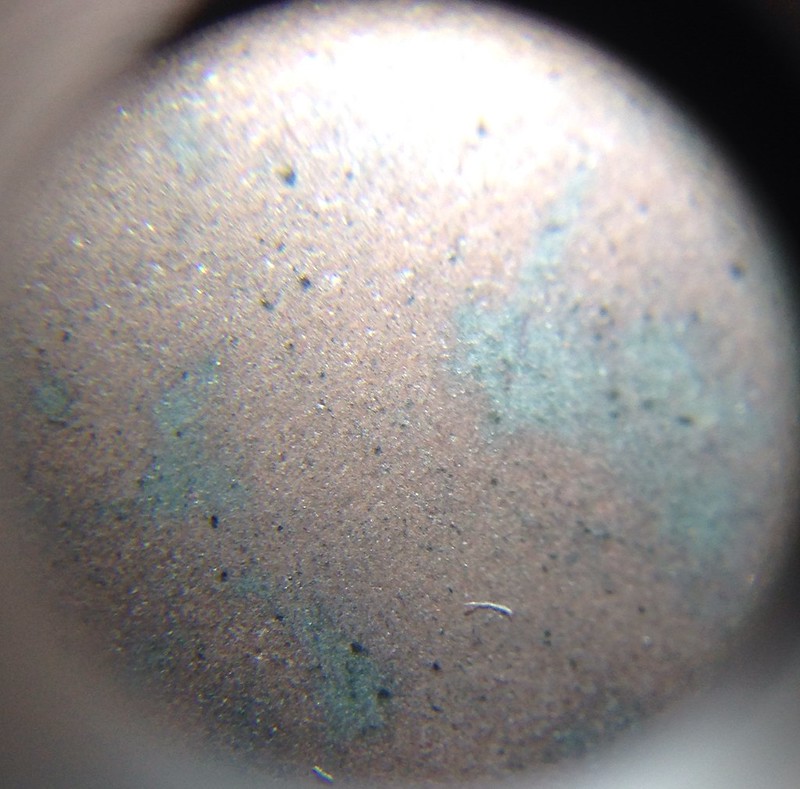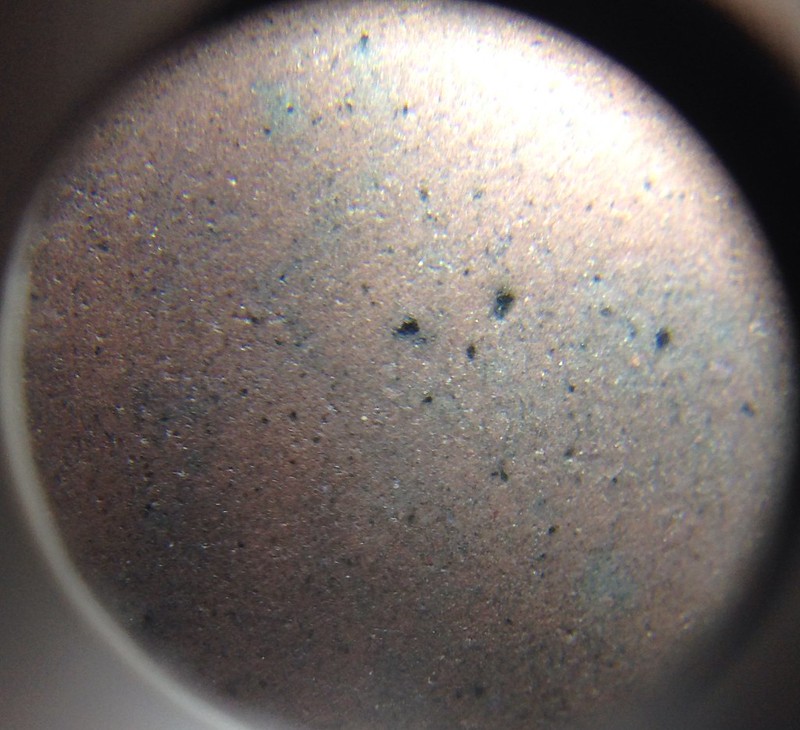Here are some further two french friends....very interesting how far they travelled....
They were used from a german grandfather, probably for keeping his straights in condition but i do not really know...
Both looked like odd stones but i give it a try and both will have a new home here ;-)
1. in my point of view a Vosges / Vosgienne...it has a comparable pattern to the one i own already....light green inclusions on the other side red inclusions. Its visible on the slurry pics how different both sides look in colour...one sides slurry is brownish/red the other is more red then brown...
Iam shurely interested in other hints or tips concerning identification so probably Bayamonate or any other experienced can add a comment i would appreciate it...
A fast cutting stone leaving a very fine finish...i really like this one!!
Out if the Box:
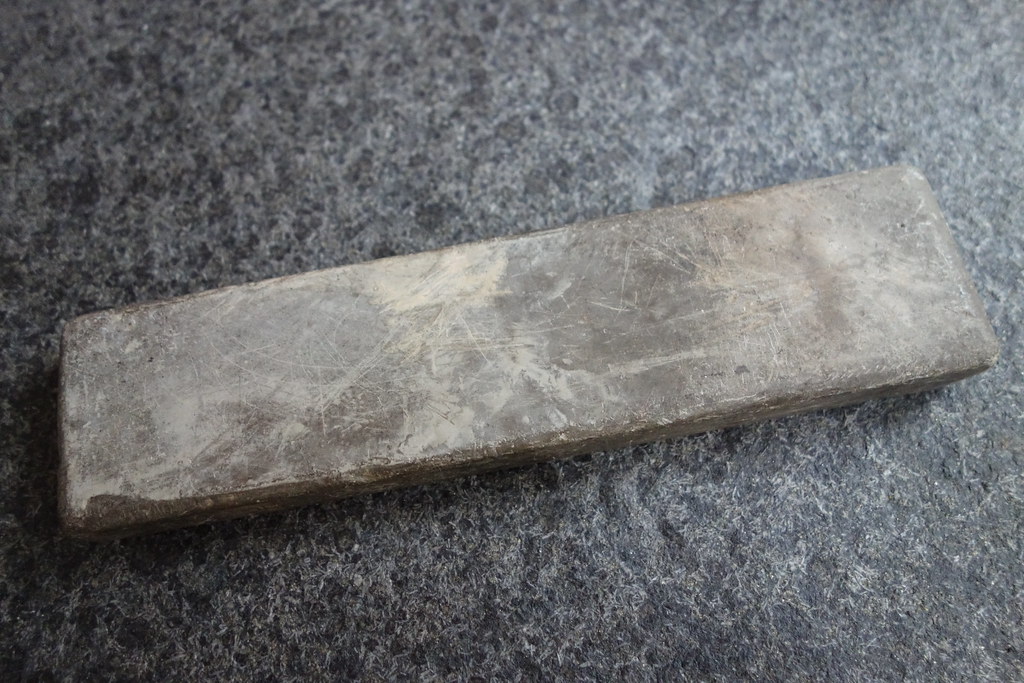
Slurry brownish/red side:
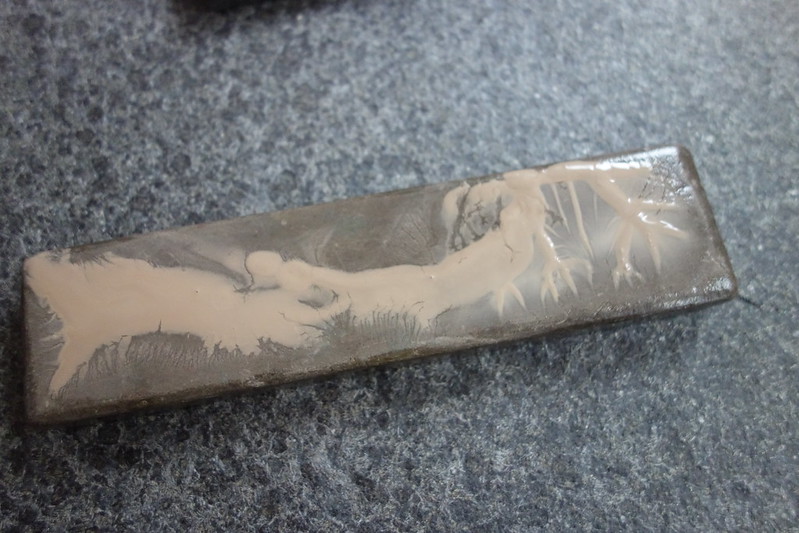
Slurry red side:
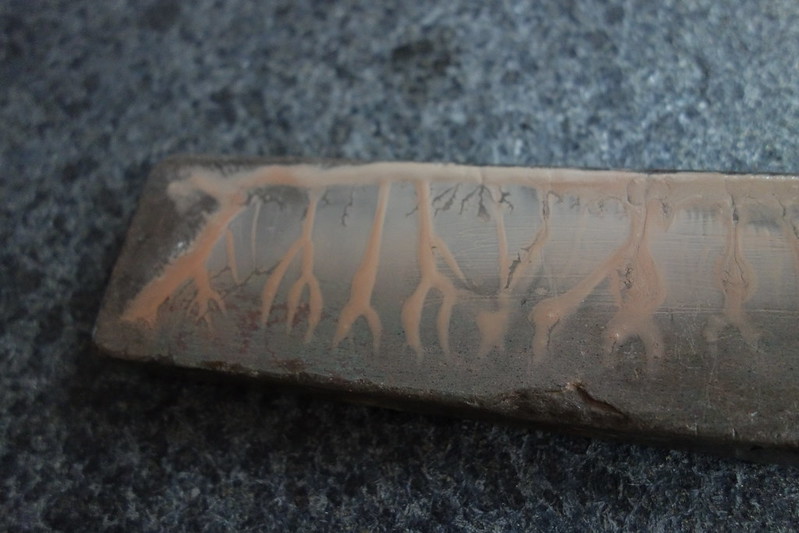
Surface:
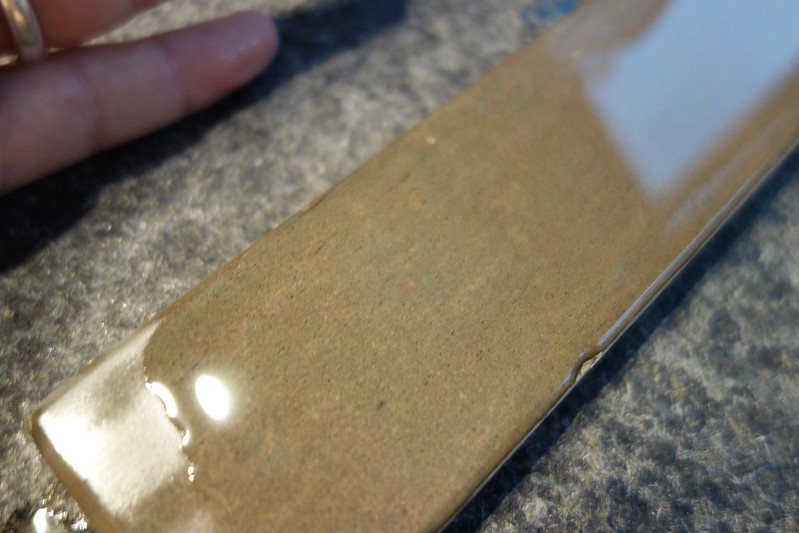
Inclusions green and red, sorry no daylight shots:
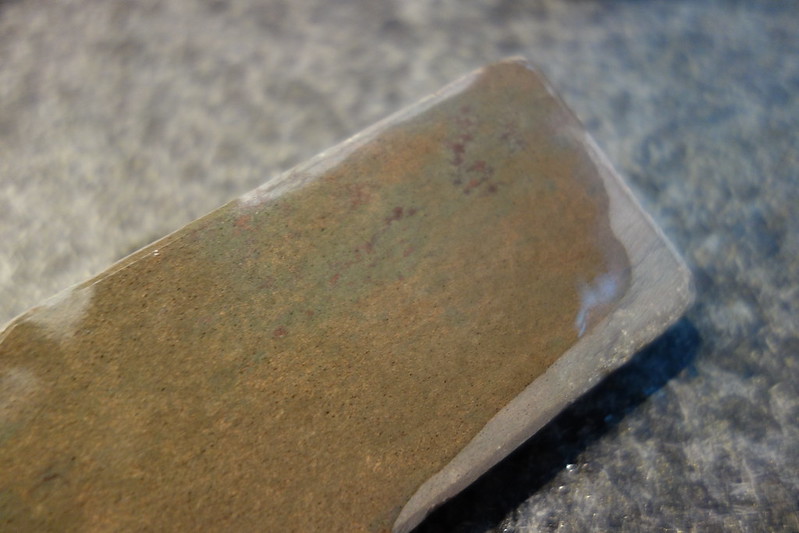
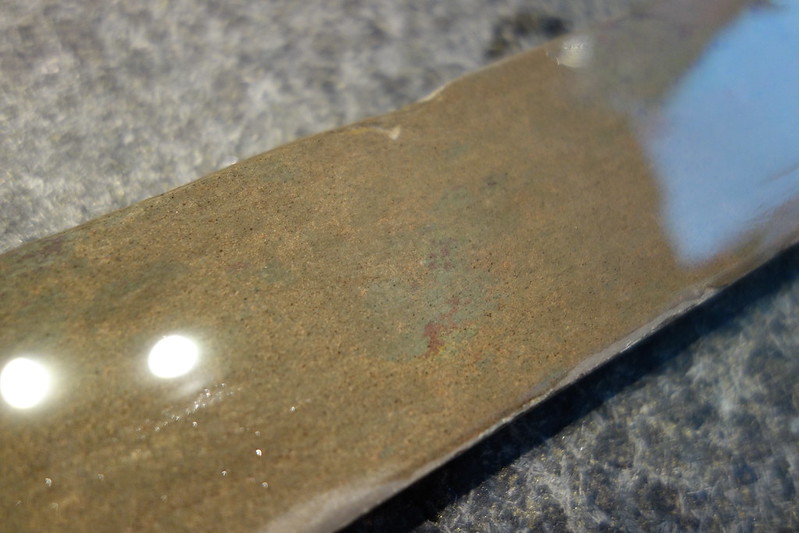
They were used from a german grandfather, probably for keeping his straights in condition but i do not really know...
Both looked like odd stones but i give it a try and both will have a new home here ;-)
1. in my point of view a Vosges / Vosgienne...it has a comparable pattern to the one i own already....light green inclusions on the other side red inclusions. Its visible on the slurry pics how different both sides look in colour...one sides slurry is brownish/red the other is more red then brown...
Iam shurely interested in other hints or tips concerning identification so probably Bayamonate or any other experienced can add a comment i would appreciate it...
A fast cutting stone leaving a very fine finish...i really like this one!!
Out if the Box:

Slurry brownish/red side:

Slurry red side:

Surface:

Inclusions green and red, sorry no daylight shots:


